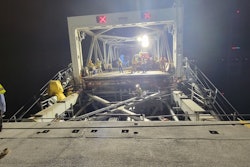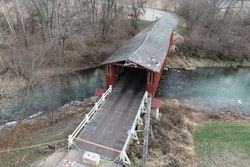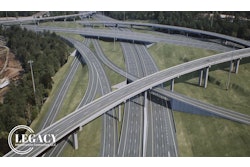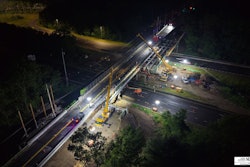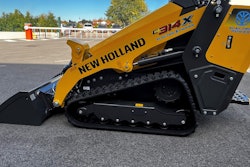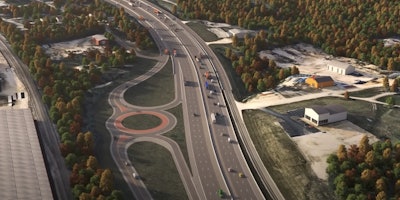
A $600 million project to widen a corridor of Interstate 70 marks the largest contract in the history of the Missouri Department of Transportation and will soon enter its second phase of construction.
The Improve I-70: Warrenton to Wentzville Project covers 3.3 miles of I-70 in the eastern part of the state and will build a third lane in each direction.
Crews are completing new pavement on the eastbound shoulder and will begin relocating a temporary concrete barrier to reduce the corridor to one lane in both directions overnight, starting August 11. The corridor lies between Warrenton and the Wright City Rest Area.
Afterward, eastbound traffic will be redirected onto the new pavement and exiting driving lane. This traffic pattern will remain until early 2026 as crews fully reconstruct the permanent eastbound lanes. Both lanes of eastbound traffic will remain open during peak hours but will be narrowed to 11 feet and could close in the evenings for paving.
A similar traffic pattern will be coming to a 1.8-mile corridor east of Wright City in September.
This project represents only the second of eight phases under the $2.8 billion statewide Improve I-70 project.
The contract for the Warrenton to Wentzville project was awarded in November 2024 to the Improve 70 Alliance Joint Venture – made up of Emery Sapp & Sons, Clarkson Construction, HNTB, and Bartlett and West.
Additional improvements beyond the widening of I-70 that will be accomplished with this project include:
- Interchange and outer road improvements in Wright City.
- Realignment at the railroad bridge on I-70 between Wentzville Parkway and Route Z.
- Interchange improvements at I-70 and I-64/Route 61.
- Add a third lane of travel to eastbound and westbound I-64 between I-70 and Route K.
- Bridge replacement in Foristell.
The overarching Improve I-70 project will bring all 200 miles of I-70 in Missouri to three lanes in both directions to address struggling capacity and outdated interchange designs. Missouri’s FY2024 budget allocated $2.8 billion in general revenue to pay for the project, which is expected to wrap up in 2030.

